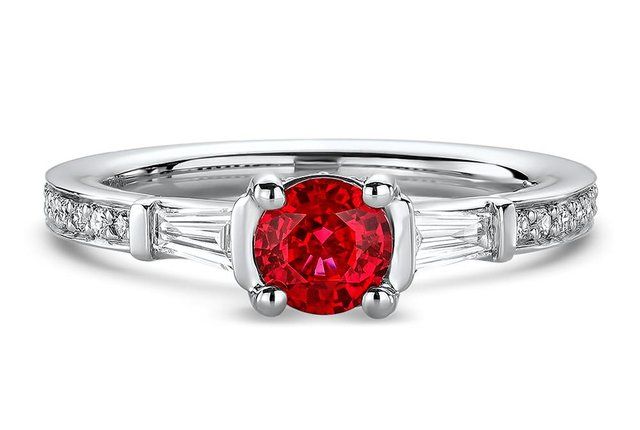The history of lab-grown diamonds

Lab-grown diamonds, also known as cultured, cultivated, or synthetic diamonds, among other aliases, are so similar to their naturally-mined counterparts that even professional gemologists and jewelers cannot detect the slightest discrepancy through the naked eye alone. Only through the use of a microscope can one notice only the most minuscule differences between a natural diamond’s organically formed inclusions in comparison with one that was created in a lab. Nonetheless, lab-grown diamonds are just as real as the ones mined from the earth, with the exact chemical composition and optical elements as earth-grown diamonds. Those who consider buying lab-grown diamonds often wonder, how is it even possible for scientists to create a gemstone that is structurally identical to something that has naturally formed in the earth’s crust through the course of millions of years. Lab-grown diamonds are created using two different methods, both equally effective in producing magnificent gemstones.
So, just how did lab-grown diamonds come about anyway? In 1797, unnamed scientists discovered that diamonds are composed of pure carbon, driving the initial mission to develop the first synthetically created diamond. There have been unconfirmed claims that the first cultivated diamonds came about as early as between the years of 1879 to 1928, however, the earliest confirmed lab-grown diamonds came to fruition in the early 1940s. A General Electric chemist, H. Tracy Hall is credited with creating the first-ever set of lab-created diamonds in 1954.
Before this development, in 1941, a team of researchers was assembled by GE with the specific goal to develop lab-grown diamonds that were comparable both in their structure and aesthetic brilliance to that of natural diamonds. Due to World War II, their research came to a temporary halt and was resumed in 1951, leading to the development of Hall’s first successful synthetic diamond in 1954. By 1970, gem-quality synthetic diamond crystals were being produced by GE, but it would still take them years to generate the truly flawless results they were aiming to achieve. GE’s first gem-quality diamonds were a yellow-brownish color, due to nitrogen contamination, and they were limited in size to a maximum of one carat. Unbeknownst to H. Tracy Hall and his GE associates, the Swedish Electrical Utility (ASEA) was also creating lab-grown diamonds and was equally unaware that any other lab-grown diamond research was occurring simultaneously. The ASEA kept their synthetic gemstone developments a well-guarded secret until the 1980s.
The earliest developed lab-grown diamonds were of inferior quality and extremely small, almost to the point of invisibility. They were good enough for industrial use but not for much else. Modern lab-grown diamond cultivation techniques have since made it possible to produce diamonds up to 12 carats, for use in lab-grown diamond engagement rings and other premium lab-grown diamond jewelry. In addition to the size increase, significant strides in lab-grown diamond developments have led to the availability of diverse cuts, exceptional clarity, and colors that mimic all the same attributes of earth-grown diamonds. By the late 1980s, gem-quality, lab-grown diamond jewelry, already decades in the making, finally became commercially available to everyone.
View our selection of lab-grown diamond engagement rings here.


